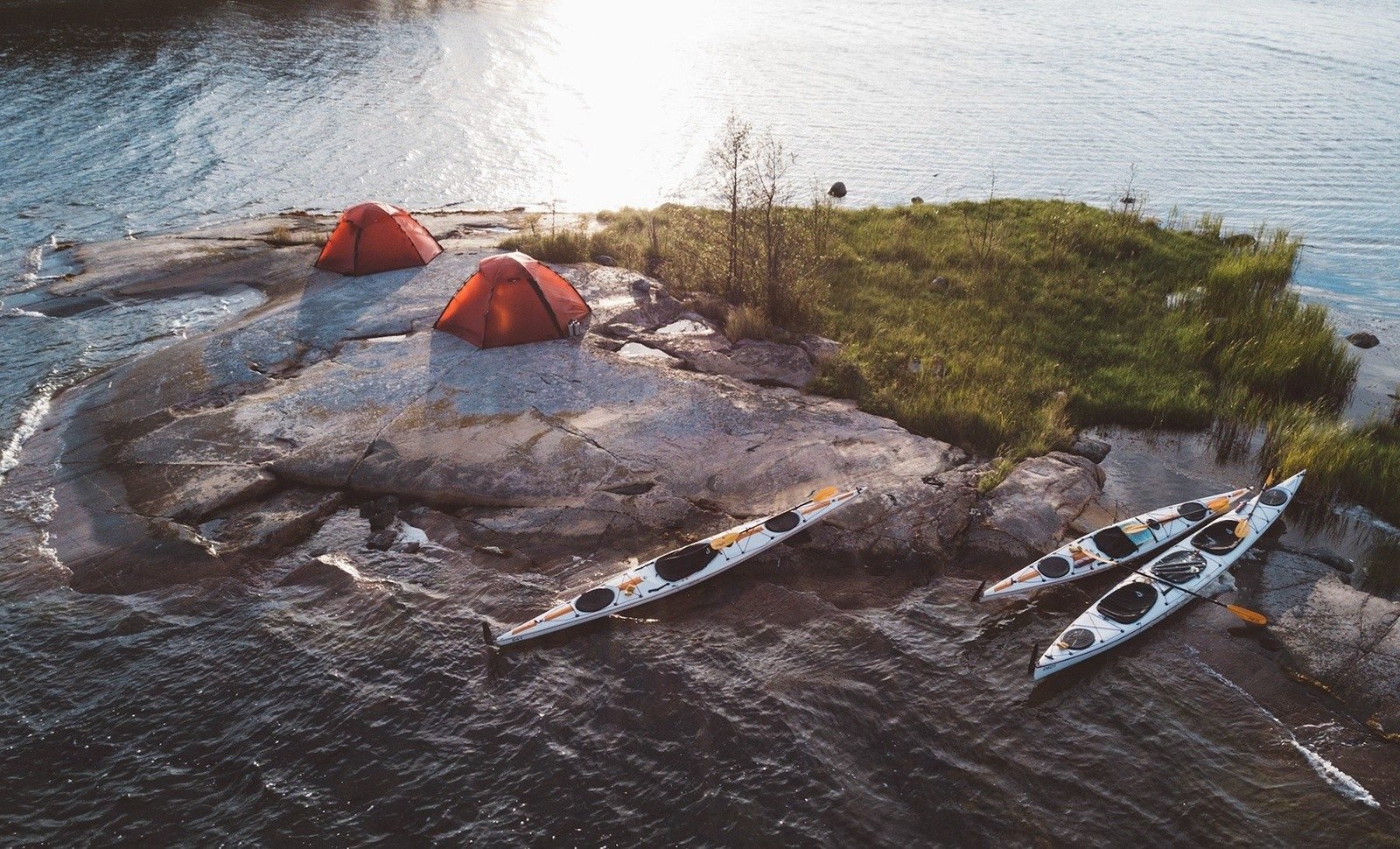Wild camping tips are not hard to come by these days. It’s become a bit of a buzzword in the adventure world, but finding wild camping tips actually worth following is another thing.
Before we dive into our wild camping tips and tricks though, we thought it’d be useful to quickly run through the basics. See this as a bit of an all-round wild camping guide, or if you’re already familiar, you can simply skip to the good stuff.
At Much Better Adventures, we’ve always got your best interests – and your next adventure – at heart. So here we are, with our arms wide, our front door open and inviting you in for a cup of tea. We'll give you all of our wild camping tricks to help you out with how to wild camp in the future.
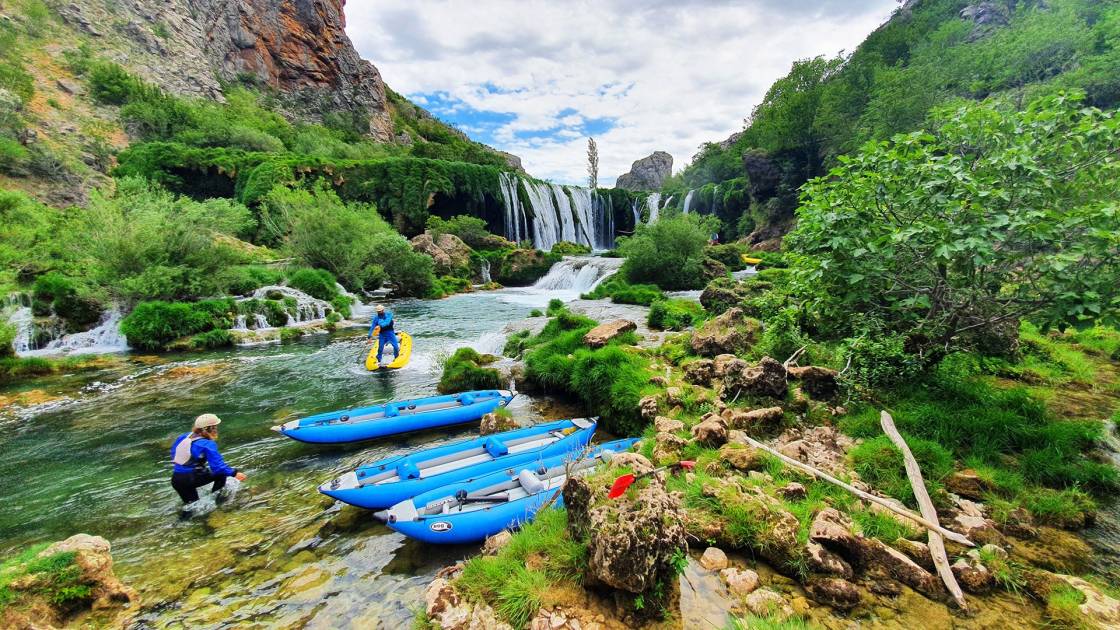
Going wild camping for the first time can be a bit of a daunting experience, but it’s actually incredibly simple once you know what you’re doing. And the more times you go, the more tips for wild camping you’ll pick up by yourself along the way. Think of this as a mini wild camping guide. Here’s a few to get you started…
What is Wild Camping?
Wild camping is a blanket term that encompasses pretty much every type of camping outside of the boundaries of a regular campsite. Camping on a campsite, in your backyard (we’ve all been there) or in a music festival is just regular old camping. Camping near enough anywhere else is wild camping. If you’re pitching a tent at a campsite you’d normally leave it up for a good few days in the same spot, whereas the beauty of wild camping is that you can spend most of the day hiking further into the wilderness, then pitch your tent from sunset to sunrise before moving on to your next location, all the while feeling like an everyday Bear Grylls.
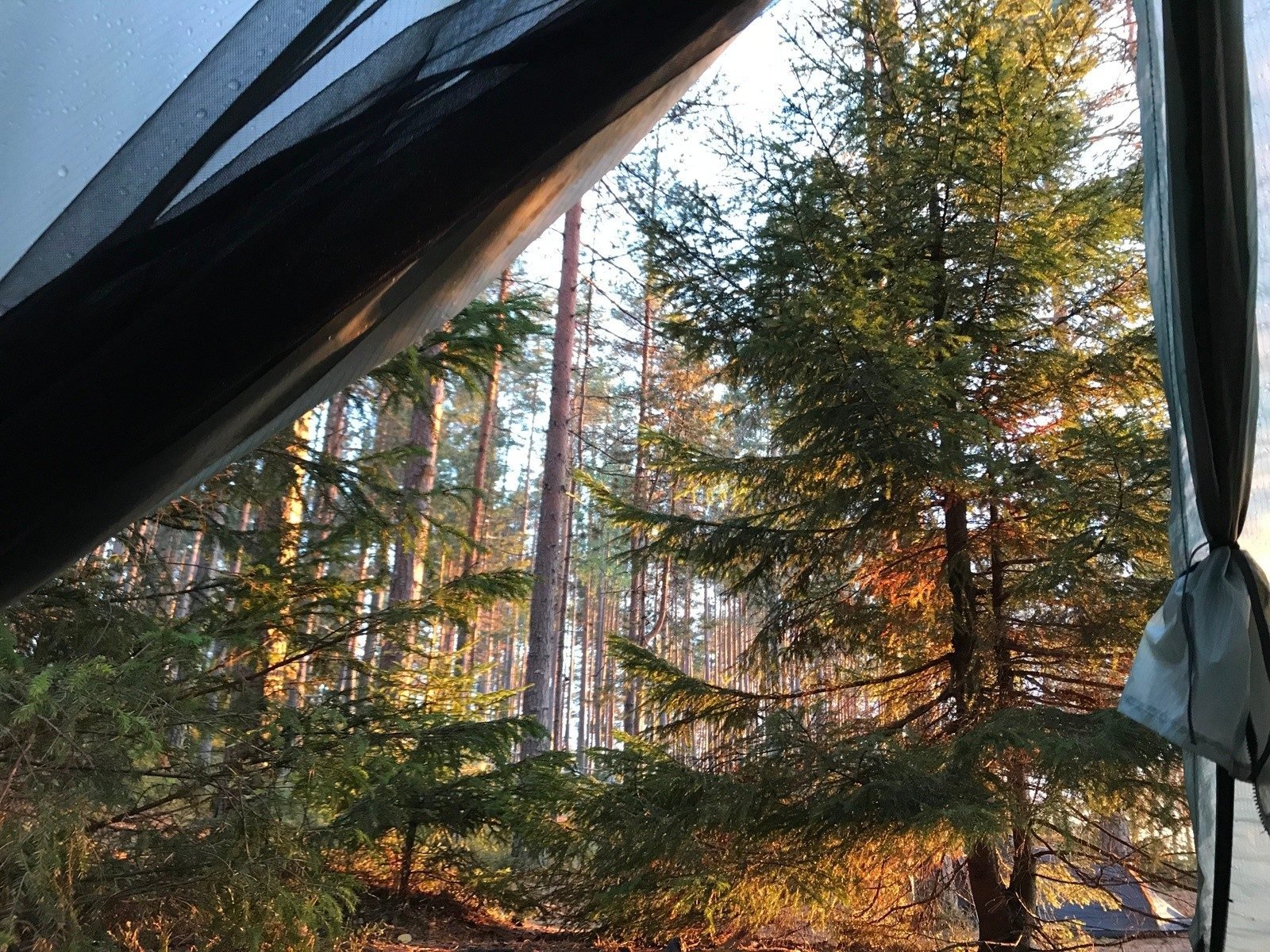
Is Wild Camping Legal?
Wild camping rules differ from country to country. In the United Kingdom, wild camping is legal across the majority of Scotland, though campers are encouraged to follow the Outdoor Access Code. This sets out some basic but essential points for wild camping, like taking away all your litter and any remnants of your tent or any fire used after camping, something which you’ll commonly hear referred to as “leave no trace” in the camping and outdoor community.
The code also details that camping should be done in small numbers, that you should only be staying at any given location for two or three nights and that you should camp in a way that doesn’t pose any problems for farmers and keep well away from buildings, roads or historic structures. While this particular code is written for Scottish wild camping, the wild camping tips it provides can be seen as a best practise wherever you choose to wild camp.
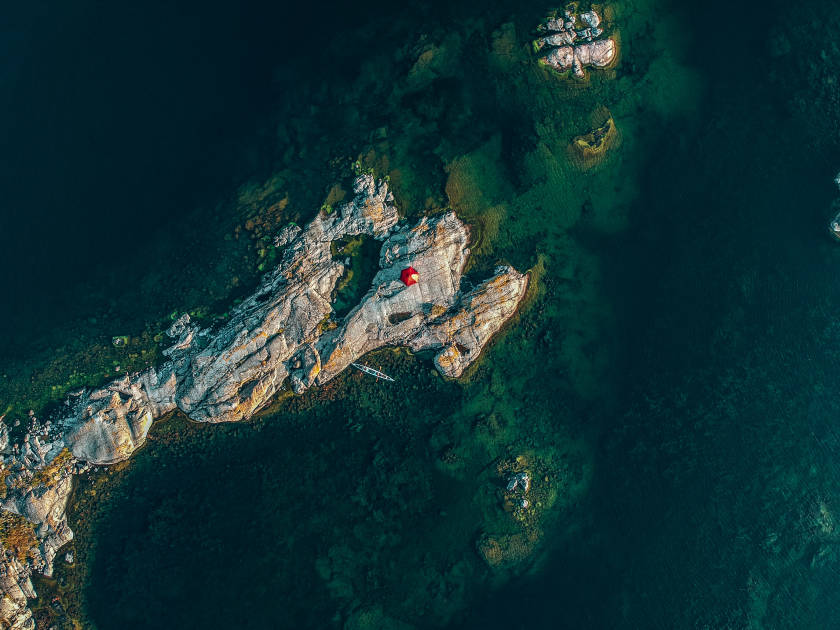
Elsewhere in the UK, unfortunately, wild camping is largely illegal – except for in parts of Dartmoor, yay for Dartmoor! – and you’re recommended to ask for the landowner’s permission to pitch your tent. In remote areas, though, wild camping is often tolerated if you leave no trace.
You’ll find similar laws in Ireland, France, Spain and Portugal. In Germany and Italy it’s even less commonly accepted, but in the Scandinavian countries, Norway, Denmark and Sweden, the common right of access is in place, so you can wild camp on open land – though only for one night. You have to be on foot and more than 150m from any inhabited houses.
In North America land is owned by a complicated combination of national, state and local governments, as well as privately owned lands, so it’s really a case by case basis, and in Australia and New Zealand camping is legal in many places and widely encouraged, but certain environments are off limits and closely monitored, so you need to be careful.
As you can see then, the wild camping regulations vary vastly across the globe, which brings us to our first wild camping tip…
Wild Camping Tips and Tricks
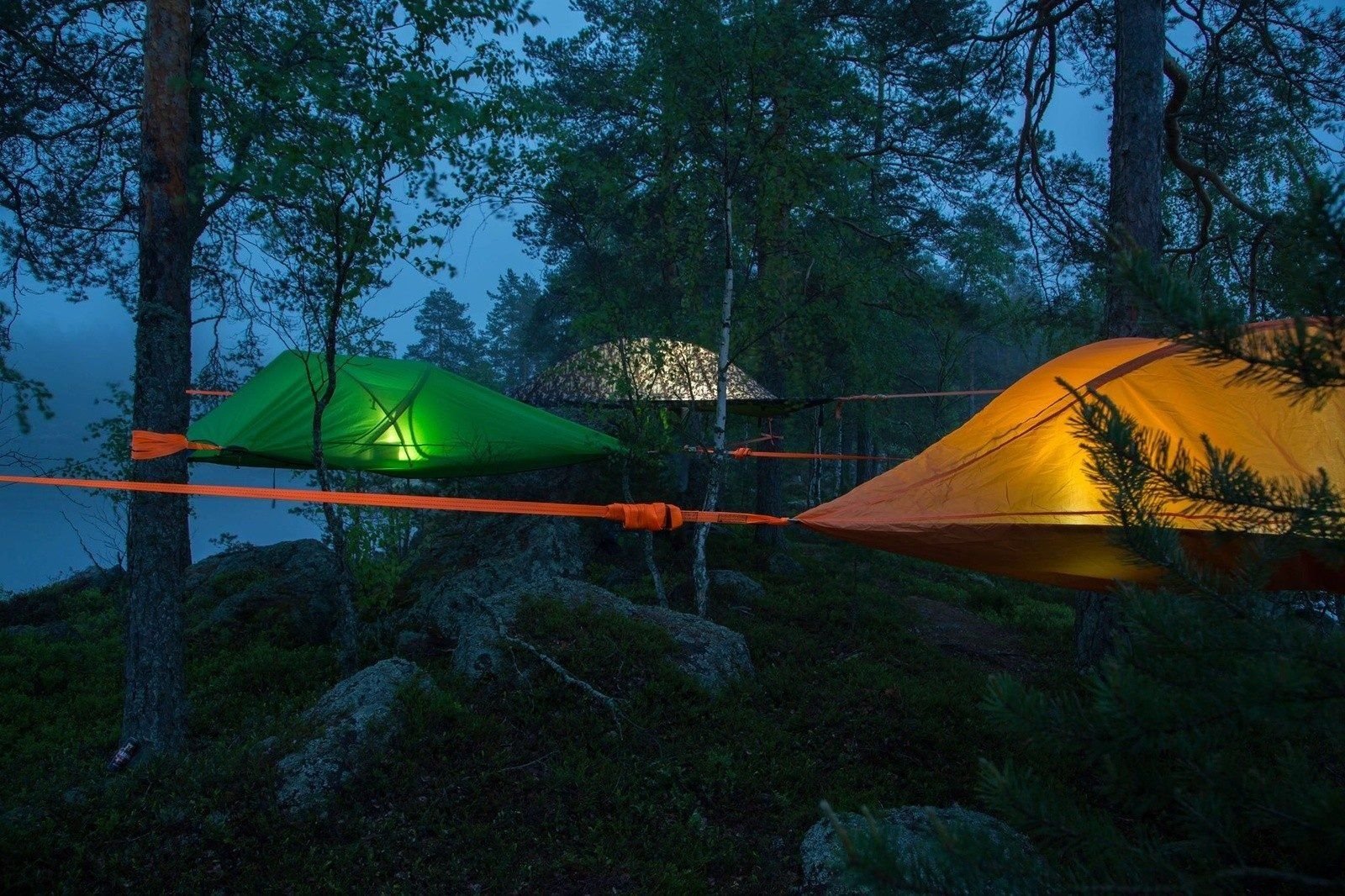
Tip 1: Research your wild camping spot before you go
The laws on the legalities of wild camping differ so much from one spot to another that you really need to start from the beginning with every new location you want to pitch your tent. Even in Scotland, where wild camping is legal, there are exceptions. In 2017 a law was introduced that meant whole segments of the west shore of Loch Lomond were now off-limits to wild campers due to littering and “anti-social behaviour” (it was a very controversial decision at the time!), so even if you think you’ll be alright, it’s worth double checking.
Seeing wildlife is a big tick, but irritating that wildlife is a big, big red cross.
You can get yourself into a bit of bother by pitching where you’re not allowed, or worse yet get yourself a fine from the police or local authorities. But a quick Google search should reveal whether or not wild camping is legal in the area you’re aiming for, and you’ll no doubt pick up some other valuable tips from local experts while you’re there. Another great way to do this is find a local Facebook group focused on the outdoors in the area you’re heading, or call a local outdoor centre, as not only will they be able to tell you the legalities of it all, they’ll be able to give you specific local tips for wild camping tips as well.

This is how you find out that the spot you were hoping to camp will typically welcome gusts of 50mph at night, or that the beach you had your eye on has a surprisingly high tide line…
Tip 2: Put your food in special containers and bin the packaging before leaving
There are various reasons why this is a great wild camping tip. The first is that it means you’ll be carrying less disposable packaging with you and so have more room in your pack. Simple. The next is to do with wildlife. Concerns over wildlife are particularly important if you’re camping in a national park or a large open space with lots of different animals around.
You don’t want to wake up in the middle of a night to a moose popping his head in your tent, do you? Or end up on the front page of Buzzfeed for having accidentally frightened off some rare, native buzzard you didn’t know existed?
Read: 6 Reasons Why You Should Go Wild Camping
A good wild camping tip here is to bring reliable, sealable food containers, even if the food you’ve brought with you is already packaged. Animals, particularly the larger, North American ones, will have no problem coming up to your tent to see what’s going on if they can smell food. There’s even a market for bear-proof storage containers online, proving that this isn’t just a wild camping tip, it’s a wild camping industry!
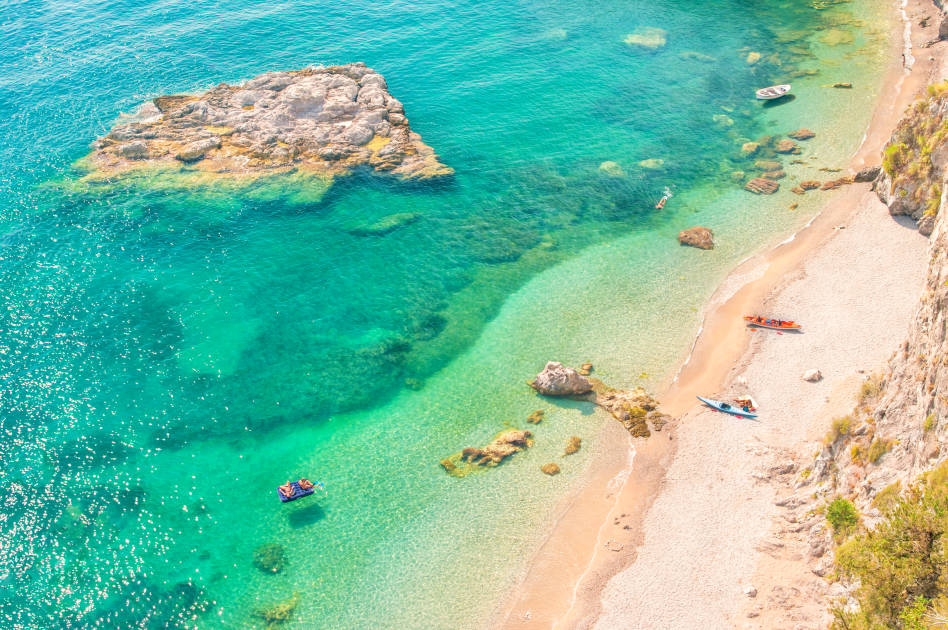
Taking into account local wildlife spots and how to camp safely there is one of the most important, and often forgotten, factors when planning a wild camping trip. Seeing wildlife is a big tick, but irritating that wildlife is a big, big red cross, with detention and the possibility of having to resit your wild camping test (which to be clear, is an entirely fictional thing).
Tip 3: Make sure you’re far from the water source when you need the toilet
The tasty wild camping tip you’ve all been waiting for – what exactly should I do with my human waste? It’s a natural question. How do you deal with a wild camping poo? (Yep, we said it.) And one that you probably thought you solved for good when you started using the potty at the humble age of two years old. But now, here it is, back again to rear its ugly head.
The most important wild camping tip for relieving yourself in the wild is that you do it considerately. Make sure you choose your wild camping toilet site at the very least 50 metres away from any nearby water source, for the benefit of all local wildlife (human and animal) and dig a hole in the ground that is roughly 15-20cm. Enough to cover it properly.
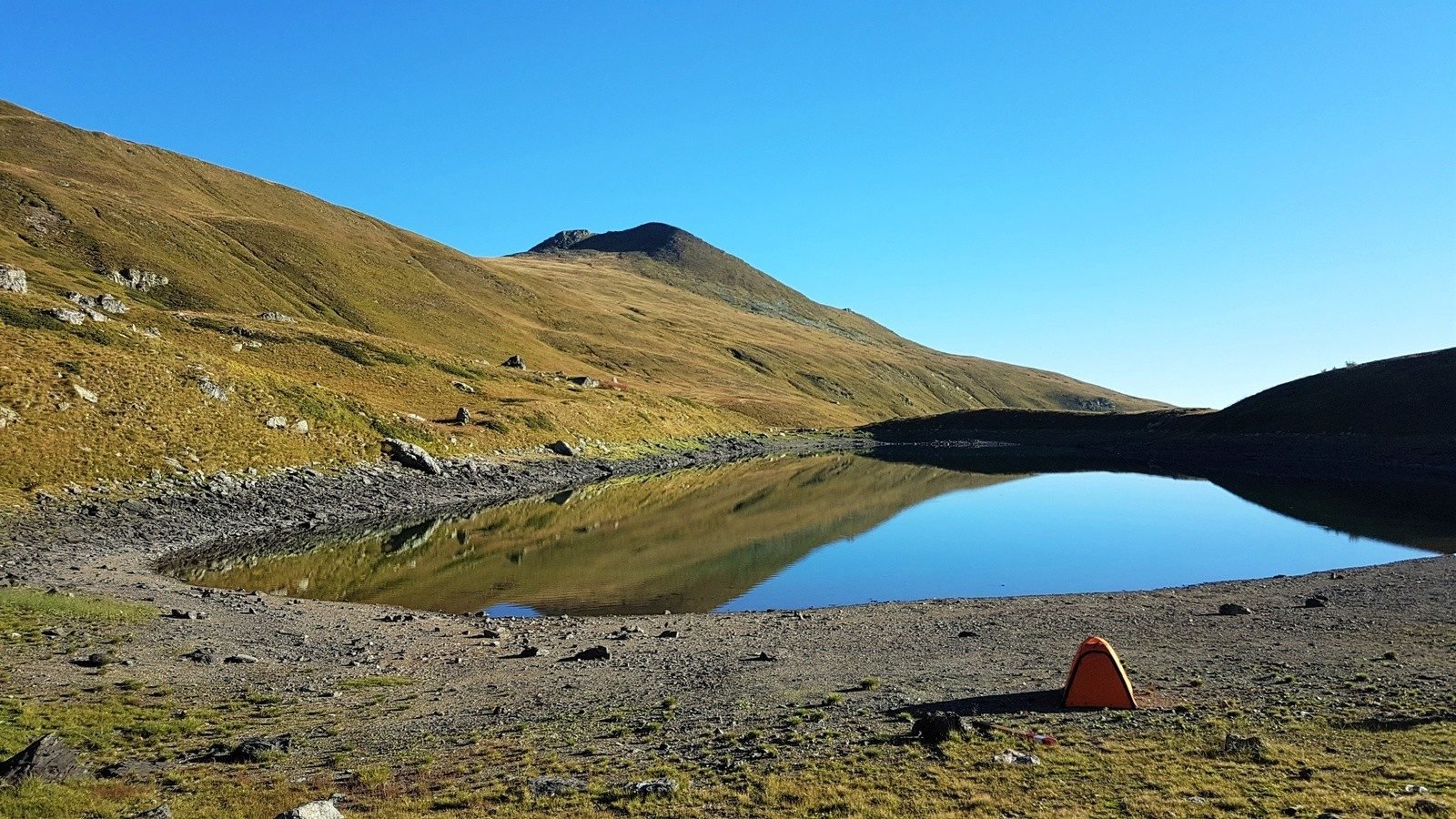
The unfortunate downside to pooing in the wild is that you really shouldn’t leave any toilet tissue in the ground with the waste, as it’ll take a long time to decompose and will likely, at some point, be found and dug up by some poor animal. You need to carry it with the rest of your waste. A great wild camping trick here is to bring sealable, ideally compostable or degradable bags for the paper you use, ensuring there won’t be a rotten smell coming from your backpack.
Tip 4: Make a water filter your new best friend
When you’re in the great outdoors, hiking all day, you’re going to need to drink water, but the longer you stay out there, the more difficult this can be – as you’re also bound to run out.
The wild camping tip here is to get yourself a water filtration system. There are quite a few on the market now, the most famous being the LifeStraw. This basically means you can pick up water from any old river and drink safe in the knowledge that it’s bacteria free. Though if you’ve followed tip three alright, it should at least already be clear of any human waste.
Tip 5: Bring a decent gas camping stove
The idea of lighting a big open fire in the wild is quite a dreamy one, we know. It was, after all, our opposable thumbs and ability to make fire that set humanity apart from other mammals and allowed us to build houses and cities and create jobs and – maybe it wasn’t such a good idea after all… anyway! While open fires are lovely, they can be dangerous in the wild and can lead to the scorching of small or vast parts of the local environment.
By bringing a gas wild camping stove with you, you’ll make sure you leave no trace while you’re cooking. You can get great, inexpensive options on the market now that come with windproof devices and regulators that make them far more reliable for making your morning coffee than an open fire, too.
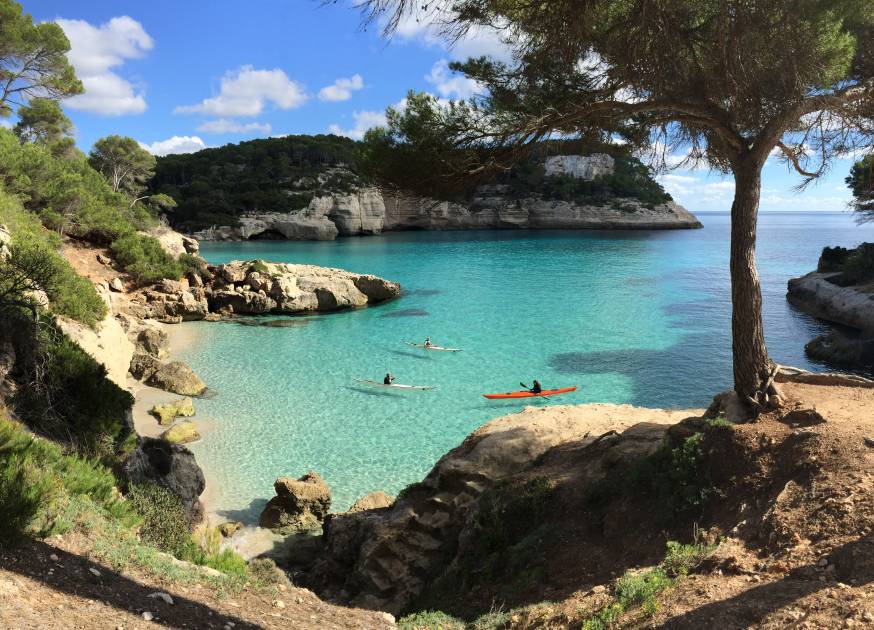
Some of the best camping stoves can be found from companies like Jetboil and MSR.
Tip 6: You can’t beat a map and a compass
Mobile phones are great, especially for navigation and emergency situations, but they also have infamously low battery lives. Especially in the moment you really need them.
If you want to keep yours going longer than normal, there are a bunch of great options for portable chargers that you can take wild camping – we’d recommend looking for one that is solar powered – but at the end of the day, you can’t beat the reliability of a map and a compass.
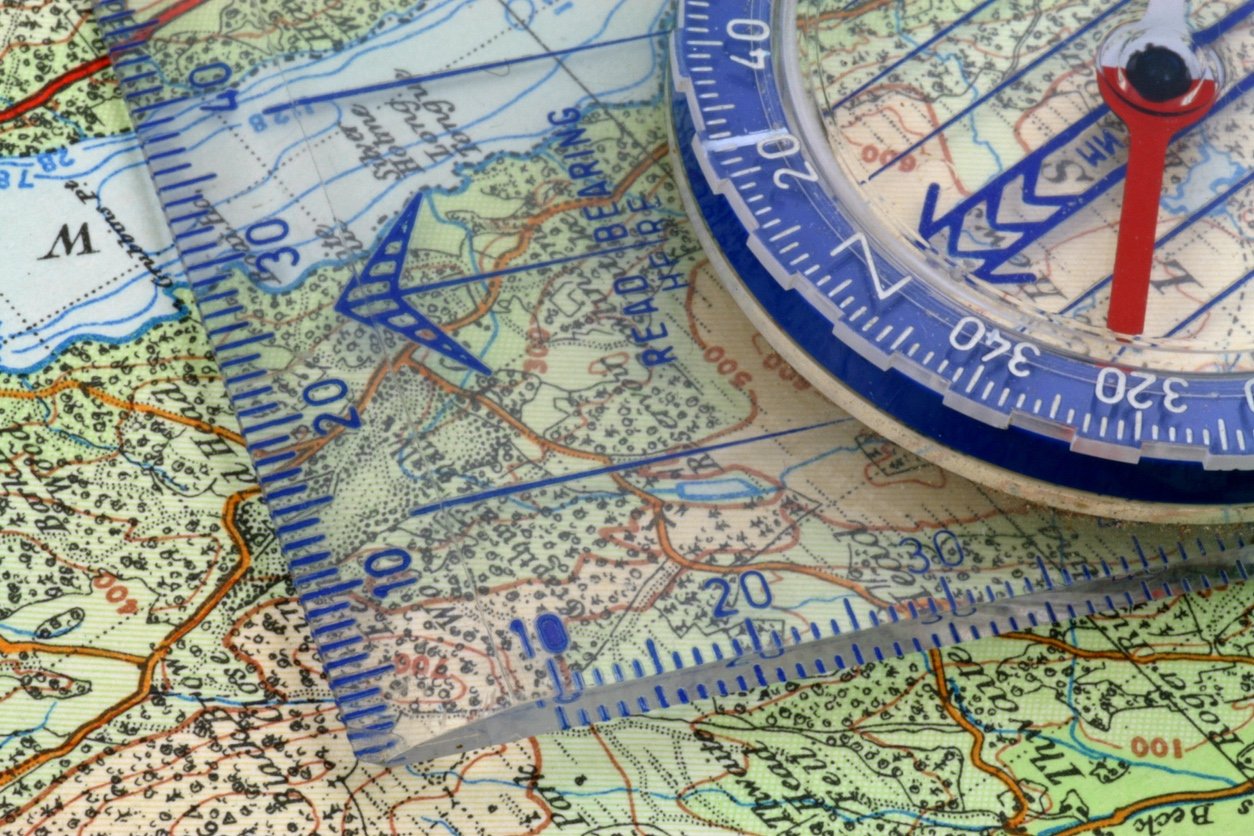
Just make sure – and we can’t stress this enough – that you know how to use them! This is less of a wild camping tip and more of a wild camping essential.
Tip 7: Travel as light as you can
Our final wild camping tip is one of the most important. When you’re picking a tent for wild camping, you’ll want it to be as light and as tough as possible. You’ll notice that seasoned campers and hikers will have tents custom-made for this purpose. They’ll normally be small, with very little space inside except to sleep, but will weigh next to nothing while remaining indestructible.
To avoid claustrophobia, if this is your first wild camping trip, you’ll maybe want to start with something with a bit more room and see how you get on... but don’t bring your dad’s heavy eight-person tent into the hills. You’ll regret it within about an hour of starting the hike.
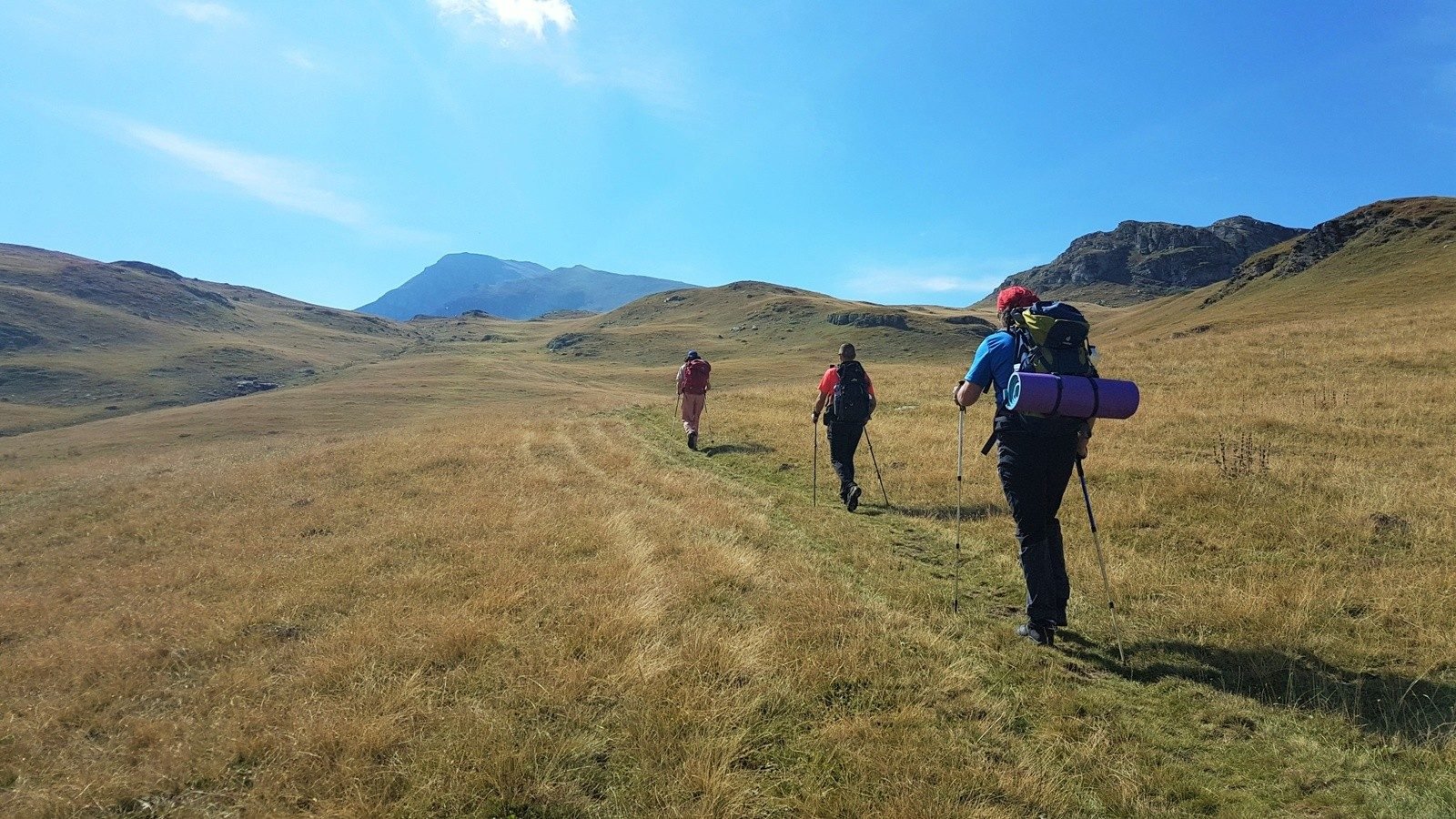
Travelling light is probably the most important thing to remember when you’re picking up your gear – whether it’s something small like the head torch or insect repellent, or something bigger like the sleeping bag, mat or tent. Every gram adds up and the less you can carry, the more enjoyable your hike will be. And it’s less a wild camping trick than it is sage advice, but make sure you pack properly too, with the heaviest stuff at the bottom to help your back out.
As you become more confident and versed in the outdoors, a bivvy - a cheap, light alternative to a tent which lets you sleep under the stars - will become more and more appealing too…
If you’re looking for a spot of wild camping with a difference, make sure you check out our wild camping adventures. It’s camping dipped in Tabasco sauce.

